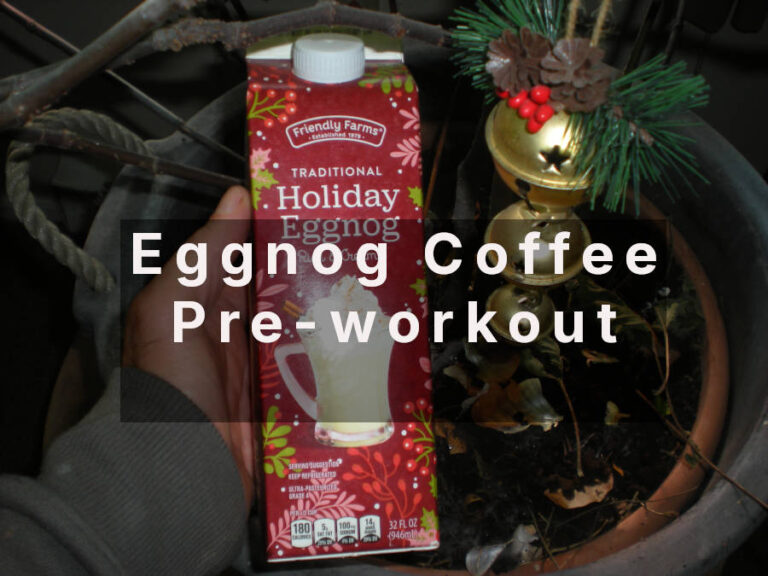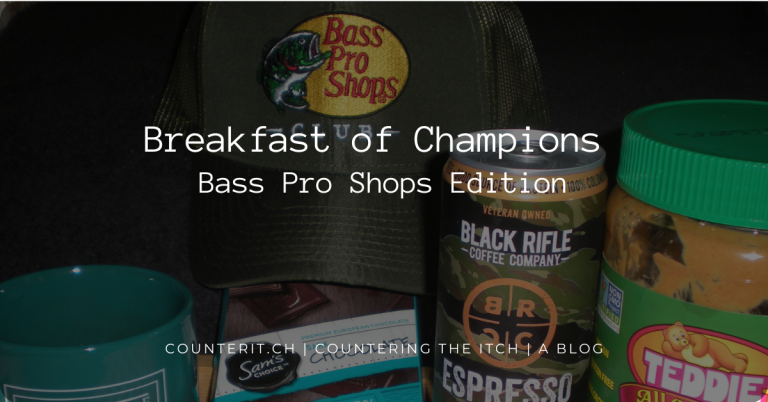I’ve experimented with different types of homemade teas using a spearmint and peppermint base, given my garden is a prolific producer of these mints.
My Concoction
My most recent concoction entails boiling mint and grapefruit skins. The end result is delicious and almost indistinguishable from a strong IPA (India Pale Ale) beer that has gone a bit flat. But, that almost doesn’t matter.
Favorite Beers
Some of my favorite beers have been Stouts infused with nitrogen, such as Guinness Irish Stout, and the low carbonization Russian Imperial Stouts including Old Rasputin1Given my last post referenced the Indigo Girls, I probably should point out the band mentions Rasputin (aka “The Mad Monk“) in its song, “Closer to Fine.” by Old Coast Brewing Company.
It’s got a big, creamy head. It sticks to the glass, laces strong. It’s black, with a very deep blood red hue to the edges where the light can penetrate it.
Standard stout, sweet caramel aroma with coffee, and some unexpectedly light-hearted hoppy freshness.
Then you taste it and it’s like drinking a coffee-chocolate cookie. Alcoholic, liquid cookie, but still.
Valeblog: “Old Rasputin Russian imperial stout“
I also like strong IPAs from craft breweries. For example, the Voodoo Ranger Imperial IPA by New Belgium Brewing Company comes to mind. The brewery now offers up all sorts of fruity Voodoo Rangers, according to its website.
However, I haven’t tried any IPAs recently, or any beer for that matter, since I basically stopped drinking beer and alcohol probably a year before the inception of Covid. I don’t care for the negative effects of alcohol. Even the alcohol in just a beer or so is bothersome, for the most part. I suppose if I’m on vacation or retired, then I might not mind the negative effects as much. Who knows?
Flavor Profile of IPA Beers
Learning to Homebrew shared an article about why IPA beers often have a flavor profile similar to grapefruit:2Normally I use “taste” and “flavor” interchangeably, but in this post I tried to update it to distinguish between the two: taste being from the taste buds; flavor being an interpretation by the brain from the senses, including taste buds, smell/aroma, sight, and feel.
IPAs can taste like grapefruit because of the types of hops used. Hops varieties such as Centennial, Chinook, Amarillo, Simcoe, Strata, and Chinook can give the IPA a grapefruit flavor. If the beer is brewed with any of these, it may have some grapefruit flavor. However, it is possible to find an IPA that doesn’t taste like grapefruit.
So, with IPAs, it really comes down to the hops used.
Here’s a homebrewer writing on Homebrew Talk about how intensely strong the grapefruit flavor profile is of his particular new homebrew IPA in a post titled “Grapefruit flavor in my IPAs!” [ha ha.]:
Hi all. I’ve been trying to nail down a good house IPA, and the past two batches I’ve gotten a very pronounced grapefruit flavor. Don’t get me wrong, I like some hints of grapefruit but this is overpowering and the bitterness backbone feels like it’s all grapefruit. This last batch it was Galaxy and Nugget for bittering (not known for grapefruit as far as I know), Galaxy, Nugget & Citra for flavor. Citra for aroma. Dry hopped with Citra, Simcoe & Cascade. Now, I’ve been reading a good bit, and it seems like the big grapefruit hops are amarillo, simcoe, centennial, chinook, columbus & cascade. I didn’t use any of those for bittering. The prior IPA I brewed was also very grapefruit (almost too much for me to like it) and it was bittered with Nugget & simcoe. Probably got some of it from the simcoe on that one.
However, one of the only other commonalities between many of my prior IPAs that have had this grapefruit flavor & aftertaste has been the use of Cascade for dry hop. I know dry hops are supposed to be all aroma, but has anyone done any sampling to prove that it doesn’t add anything to the beer as far as flavor? I’m starting to suspect that the cascade dry hops are adding this bold grapefruit flavor & after taste. Is this possible? Any other thoughts?
The responses to the above poster went on to explain how the aroma can change the perceived flavor profile:
Bittering hops will only add bitterness, not aroma, meaning you’ll get no grapefruit from them. The bitterness may add the perception of grapefruit, when combined with the citrus aromas from your aroma hops.
I think you’re confused about the relationship between flavor, taste, and aroma. Flavor = taste (from taste buds) + aroma (from the olfactory receptors). The taste buds can actually only detect four tastes: bitter, sweet, salty, sour. Everything else is aroma detected by the olfactories. When the two are mixed, the brain interprets flavor. The point is, aroma is not just smell, but it is also flavor. This is why the bittering hops won’t have an effect of how grapefruity your beers come out. It all has to do with the late hop additions providing aroma.
The point about the relation between inputs such as aroma and taste, and outputs by the brain such as flavor interpretation or profile, is something science researchers also noticed when studying a certain chemical compound, a flavonoid,3Flavonoids are separated into six subclasses. Citrus fruits and juices are in the flavanones subclass. found in many plants including grapefruit: naringin. I expand on this topic in the next section, but a lot of people—especially food and wine connoisseurs—already realize there is a connection among the senses that influences how the brain interprets flavor profiles.
Special Chemical in Grapefruit
I just want to add one extra point about grapefruit and grapefruit peels regarding medicinal properties:
Potential Medicinal Properties
It is not just an old wives’s tale that grapefruit has weight loss benefits.
The link I provided in the second sentence of this blog post states that researchers believe one or more chemical properties, particularly naringin, increases fat metabolism. There are science and naturalist articles claiming the weight loss properties, particularly with abdominal fat, but researchers don’t definitively understand how naringin, or the combination of it with other chemicals, accomplishes increased fat metabolism:
Supplementing naringin significantly reduced the body weight, abdominal fat weight, blood total cholesterol content of mice, but did not affect food intake.
Science Direct (Jan.-Feb. 2023): “Naringin reduces fat deposition by promoting the expression of lipolysis and β-oxidation related genes.”
Claimed benefits of naringin in grapefruit:
Although this article by LeafWell discusses the benefits of naringin related to these health complications:
- Diabetes
- Dementia
- Obesity
- Hypertension
It also indicates that naringin is found in, or is associated with, cannabis:4I performed a limited Internet search and didn’t find any articles suggesting naringin is in cannabis, so more supporting evidence is needed for me. Also, given flavanones are a subclass associated with citrus fruits and juices, does this mean the author is implying that cannabis is considered a citrus fruit?
Naringin is a flavanone or natural nutrient found in many plants, including cannabis. Flavanones like naringin have benefited human health by reducing oxidative stress, an imbalance in the body that precedes many severe diseases, including cancer.
Interestingly, the article states that naringin also influences the perception of your brain. I mention this because several of the home brewers suggested that aroma and taste are interconnected and influence the perceived flavor profile of beer:
The flavanones in cannabis give both pigment and flavor to the plant, and Naringin has a chemical composition that lends grapefruit its signature bitter flavor. Flavanones like naringin influence how your senses perceive the cannabis product you consume in what you see, taste, and smell.
Recipe
Anyway, my recipe, like the life I live, is simple.
Step 1
Gather some grapefruit skins…
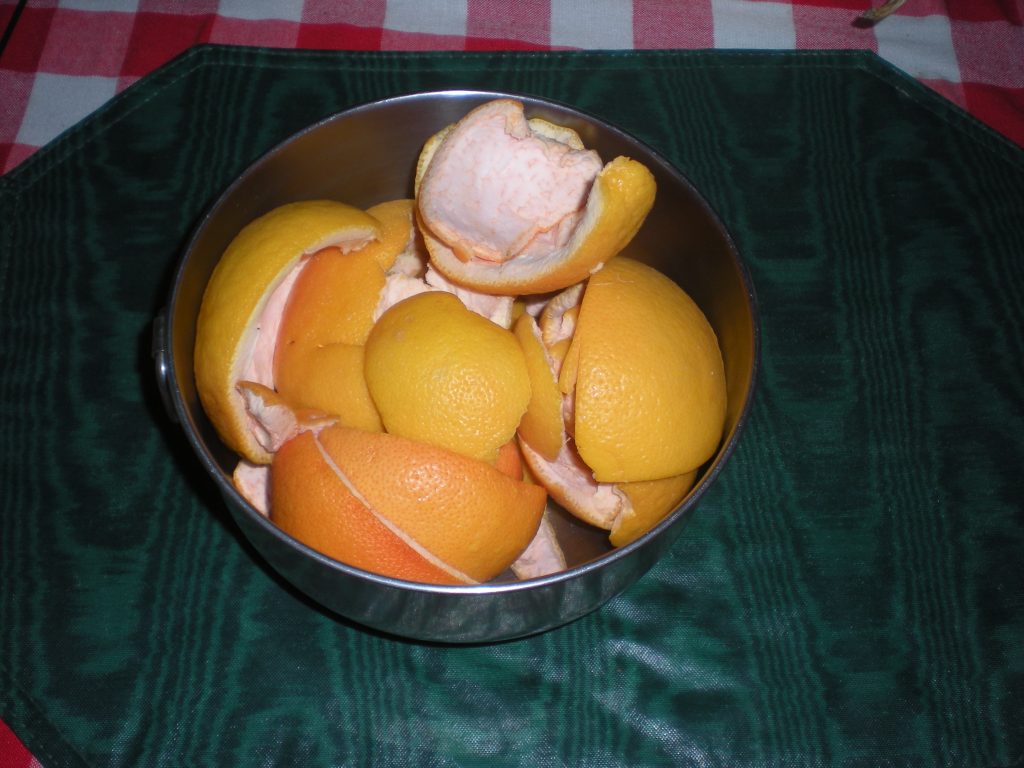
And dried peppermint, of which I have plenty.
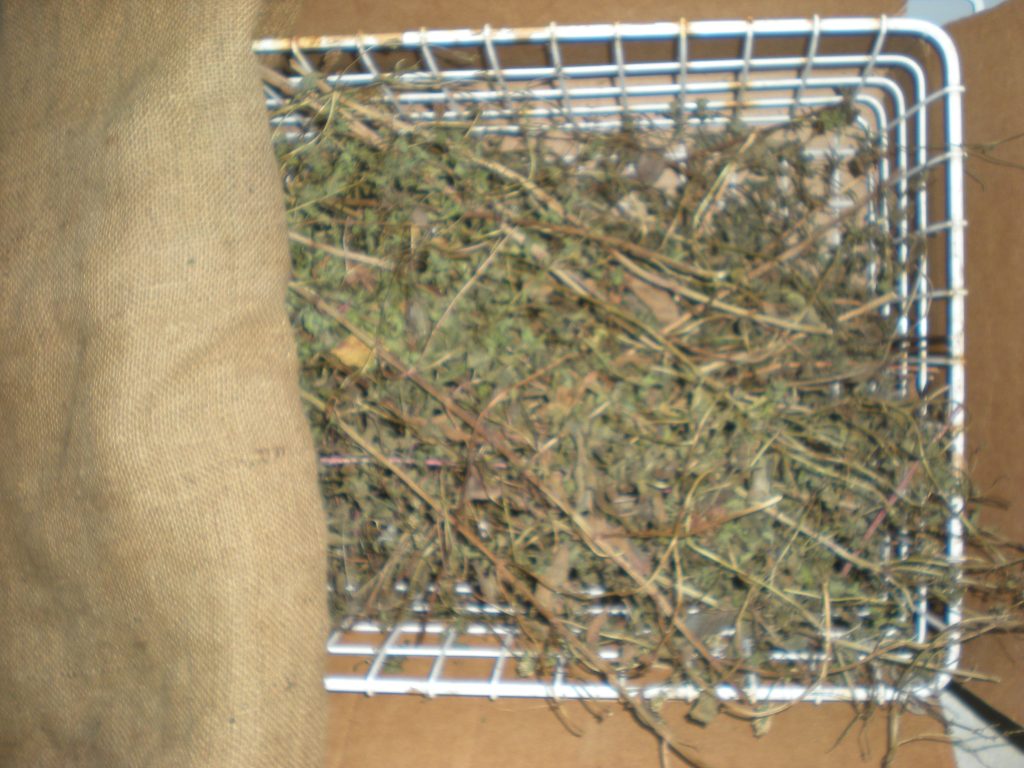
Step 2
Boil the ingredients in a container.
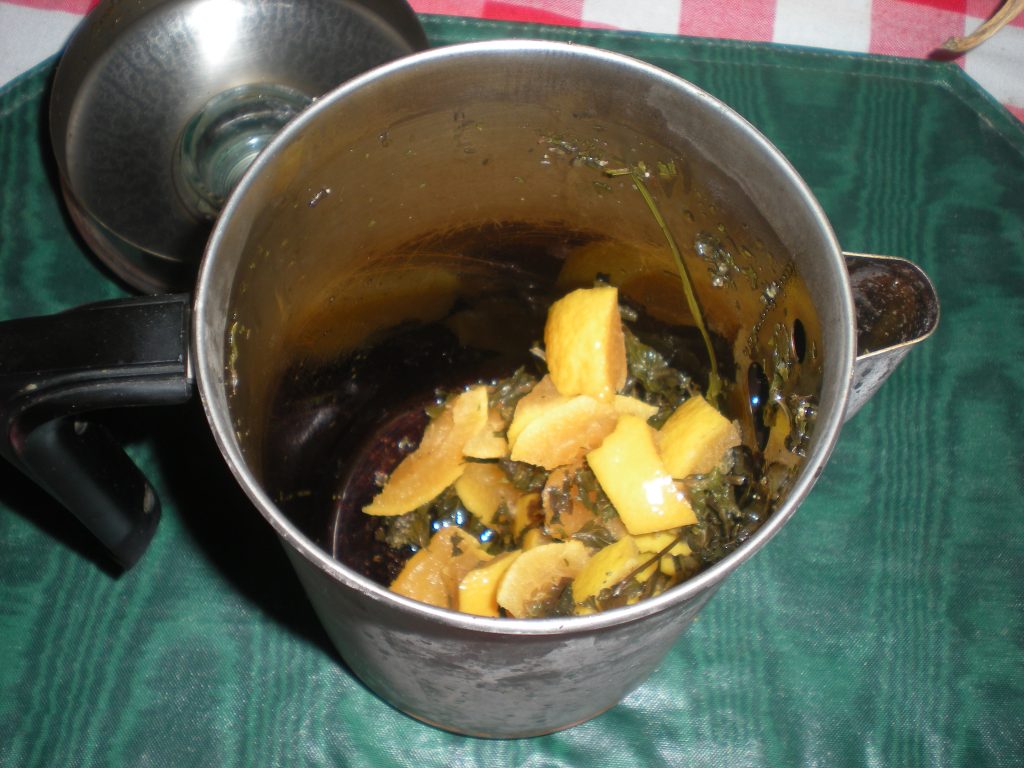
Although the picture indicates that I already poured the beverage into a pitcher to chill in the refrigerator, I had done so after letting it sit for several hours to cool to room temperature.
Step 3
The final step is to enjoy an ice cold pint or two of the homemade IPA-like beverage in a Notre Dame glass mug.

Accidental Teatotaler
I guess one could consider me an Accidental Teatotaler at the moment, given I don’t drink alcohol, don’t smoke, and don’t do drugs (prescription or recreational). I remind myself of that 1982 song by Adam Ant, “Goody Two Shoes.”
Song: “Goody Two Shoes”
The song also reminds me of the massive peer pressure, for better or worse, that one feels especially in primary and secondary school, but also in adulthood. Apparently, Adam Ant’s life inspired some of the lyrics he wrote, because he didn’t drink, smoke, or do drugs at that time:
Goody two, goody two, goody, goody two shoes
Goody two, goody two, goody, goody two shoes
Don't drink, don't smoke, what do you do?
You don't drink, don't smoke, what do you do?
Subtle innuendos follow
There must be something inside
According to Genius lyrics’ annotation,
This line references the everlasting intrusion by the press into Ant’s personal life, which he preferred to keep private. He stayed sober his entire career, consuming no drugs or alcohol. This led to predictable questions from the press; if he didn’t drink or smoke, then what exactly did he do?
Evidently, there were other popular musicians who led a clean life during their heyday, including Morrissey of The Smiths, Angus Young of AC/DC, and the members of the band KISS.
Footnotes
- 1Given my last post referenced the Indigo Girls, I probably should point out the band mentions Rasputin (aka “The Mad Monk“) in its song, “Closer to Fine.”
- 2Normally I use “taste” and “flavor” interchangeably, but in this post I tried to update it to distinguish between the two: taste being from the taste buds; flavor being an interpretation by the brain from the senses, including taste buds, smell/aroma, sight, and feel.
- 3Flavonoids are separated into six subclasses. Citrus fruits and juices are in the flavanones subclass.
- 4I performed a limited Internet search and didn’t find any articles suggesting naringin is in cannabis, so more supporting evidence is needed for me. Also, given flavanones are a subclass associated with citrus fruits and juices, does this mean the author is implying that cannabis is considered a citrus fruit?
